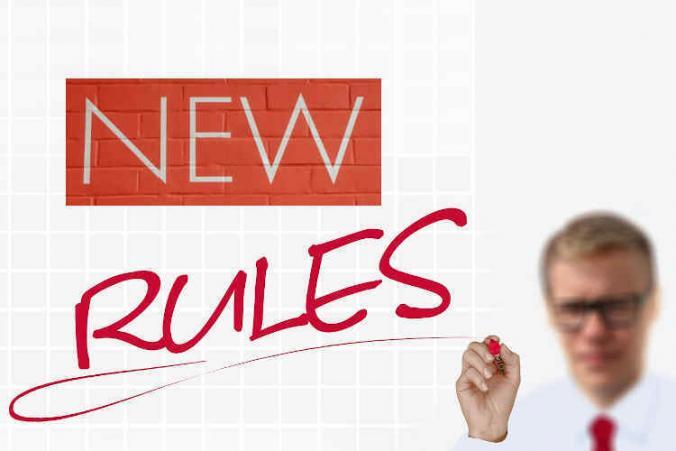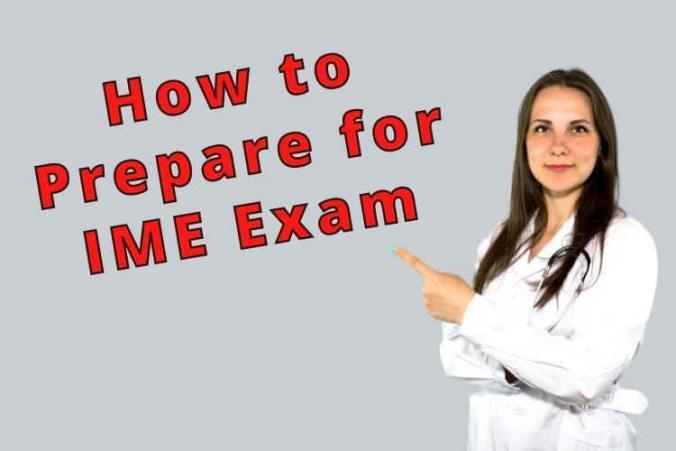The Department of Labor and Industries (L&I) implemented new rules for self-insured independent medical examinations. In short, we call this exam a self-insured IME exam. These rules passed the legislative section during 2019-2020. I’m happy to share that the new rules officially kicked in on April 23, 2022.
Self-insured IME exams – The rules
There are several changes under the new regulations. The most significant updates are summarized below. The first change relates to IME scheduling and notices. Previously, self-insured claim administrators provided injured workers a 14 days notice before an IME. However, under the new rule, the new time window is 28 days.
The second major change has to do with the notice form. Moving forward, self-insurers must include a standard form to notify workers’ compensation claimants of an upcoming IME. The form is available on the L&I website (although I wasn’t able to find it). More importantly, the form mandates insurers to provide critical information to workers. For one, it has to include the reason for the IME request.
Disputing independent medical exams in self-insured claims
The third rule change focuses on IME disputes. Here, workplace injury claimants can dispute upcoming IME exams. Moreover, the worker’s attending provider can also dispute an IME. Either way, it’s important to file the IME dispute at least 15 calendar days before the exam. The dispute must specify the reasons why the IME is inappropriate. In turn, L&I may postpone the IME. Moreover, there’s a very interesting case when an IME exam is under dispute yet the claimant attends it. If L&I determines the IME was in violation of RCW 51.36.070, then the IME report can’t be part of claim administration.
No more infinite IME exams
The fourth area of change is around the number of IME exams. From here on, there’s a limit on the number of independent medical exams that self-insurers can request. The actual number depends on the underlying issues and the reason for the IME. For example, IME doctors can perform only one exam when contending a new medical issue. The purpose of the one-time IME is to resolve the new medical issue before issuing a final order.
The fifth and final change I wanted to cover is for case-progress IME criteria. This happens when self-insured claim managers request an IME for accepted conditions. More explicitly, L&I considers IME exams for accepted conditions as case-progress exams. Self-insurers can only request these exams when:
1) The worker is not receiving necessary and proper treatment; or
2) Treatment stalled without any real improvement to physical or mental conditions.
So – what’s next?
The new rules are fresh out of the over. They are so new that it isn’t clear how they’ll impact the claim administration process. However, I applaud L&I for adopting the new rules. Clearly, they help protect work injury claimants. The changes eliminate excessive and inappropriate IME requests. These unnecessary IME exams tend to impede and inhibit productive claim progress.


